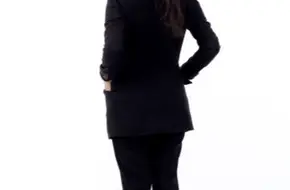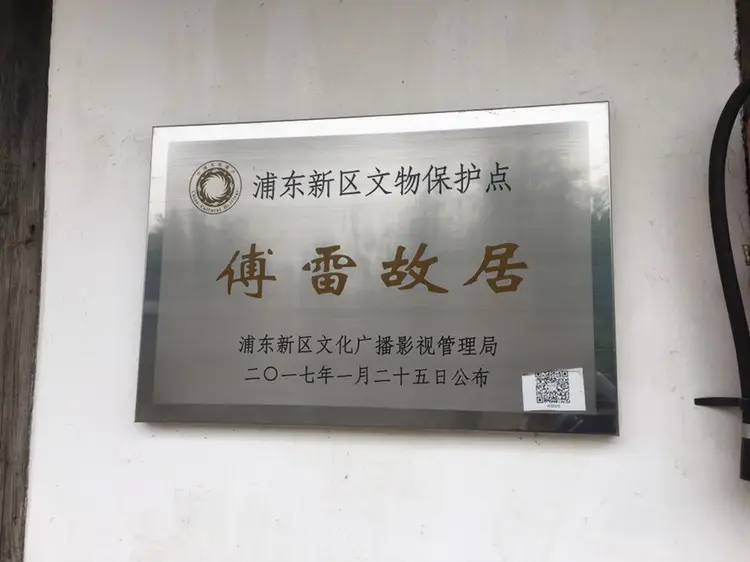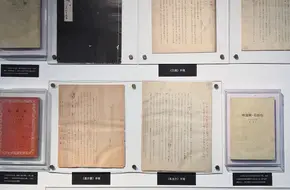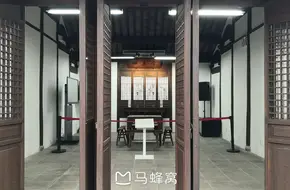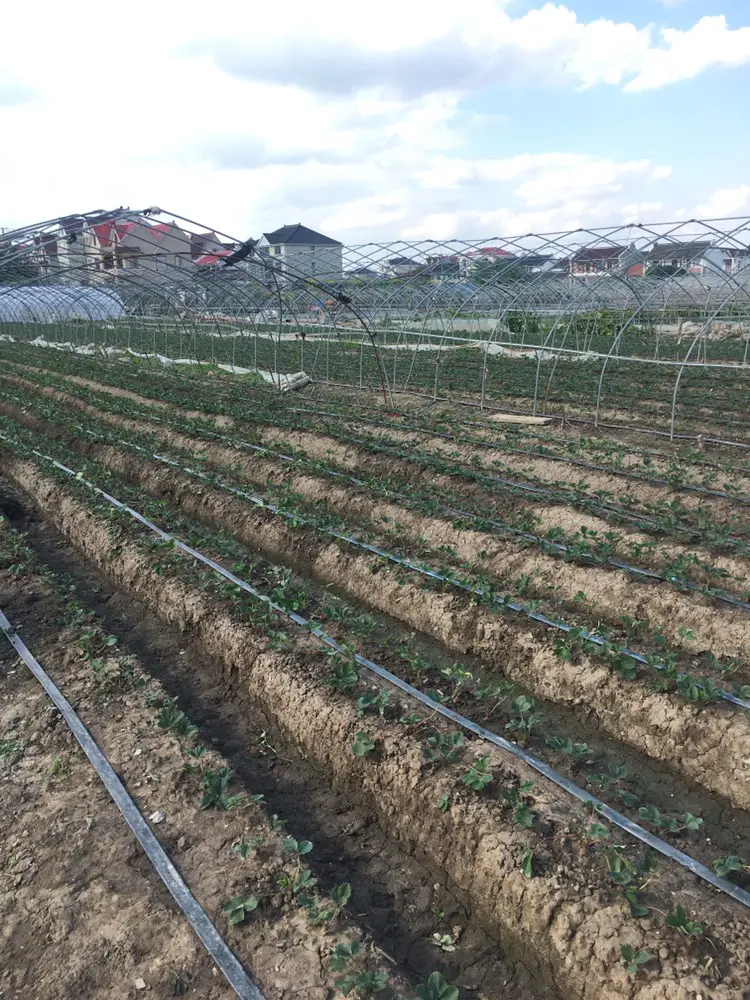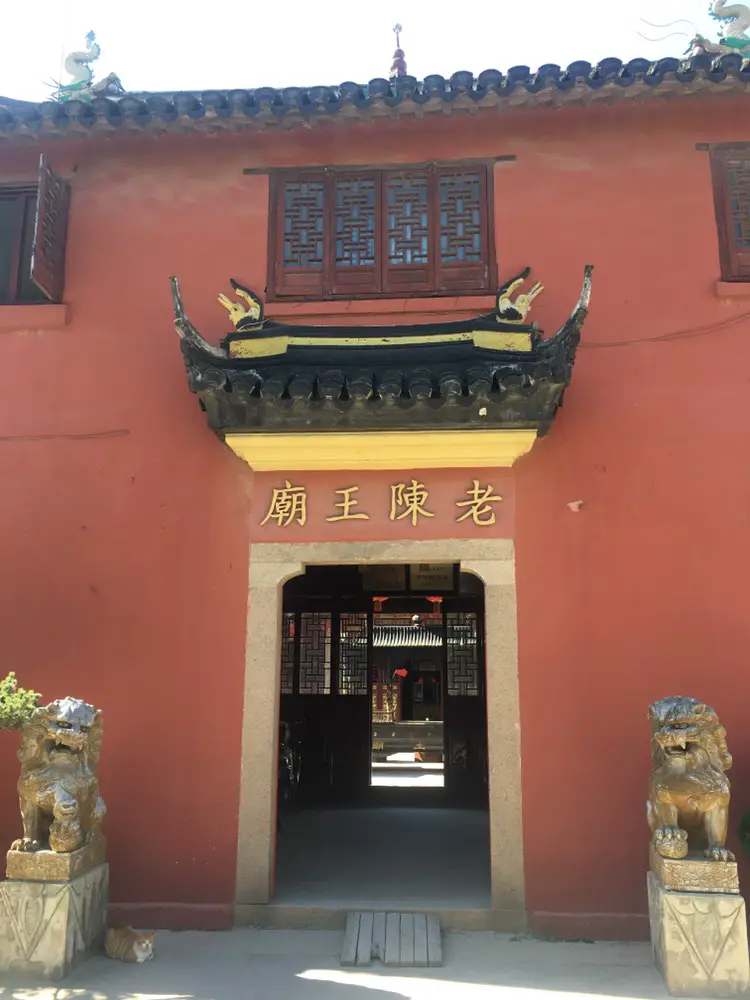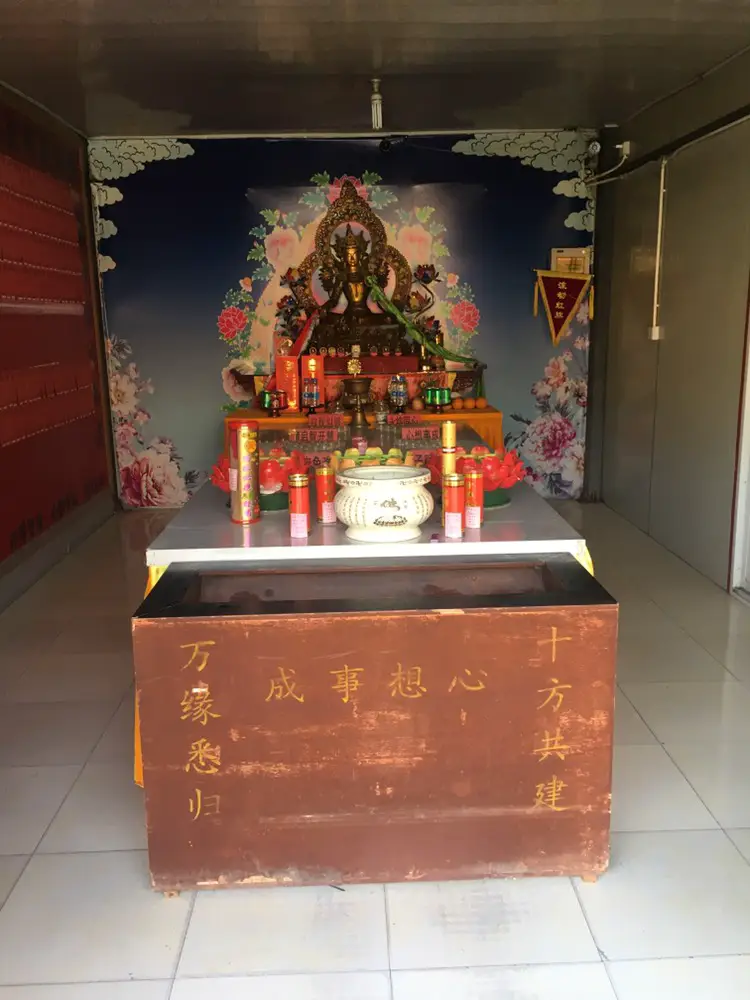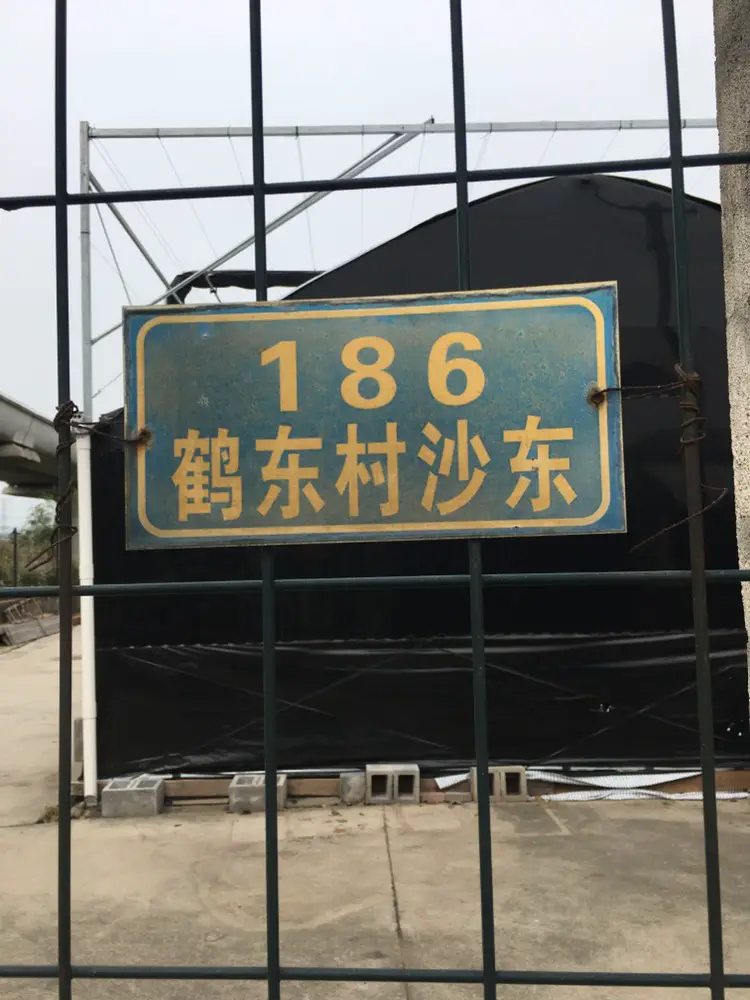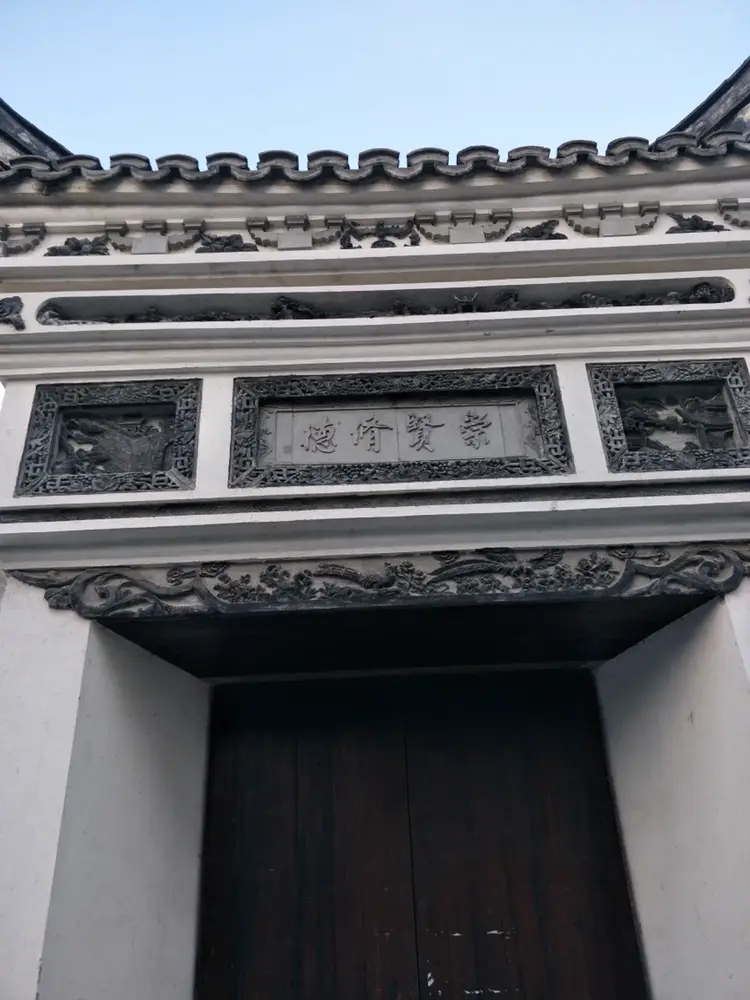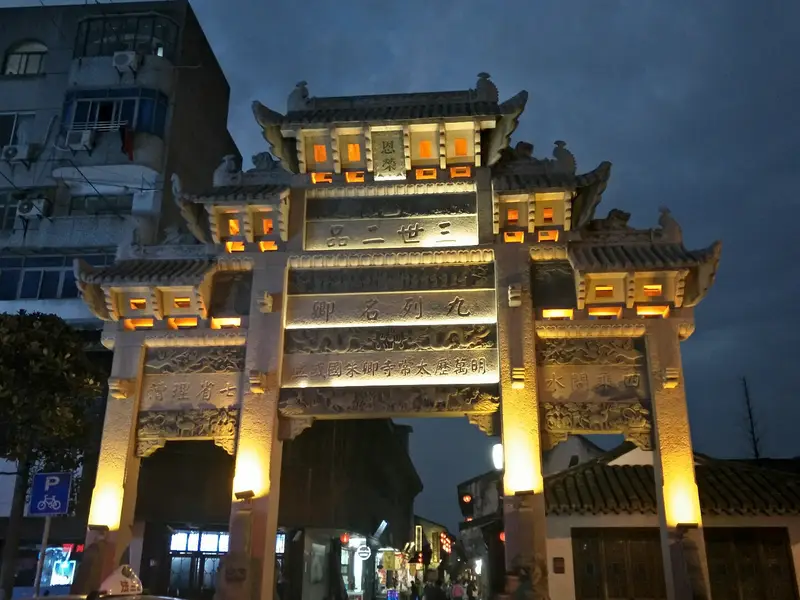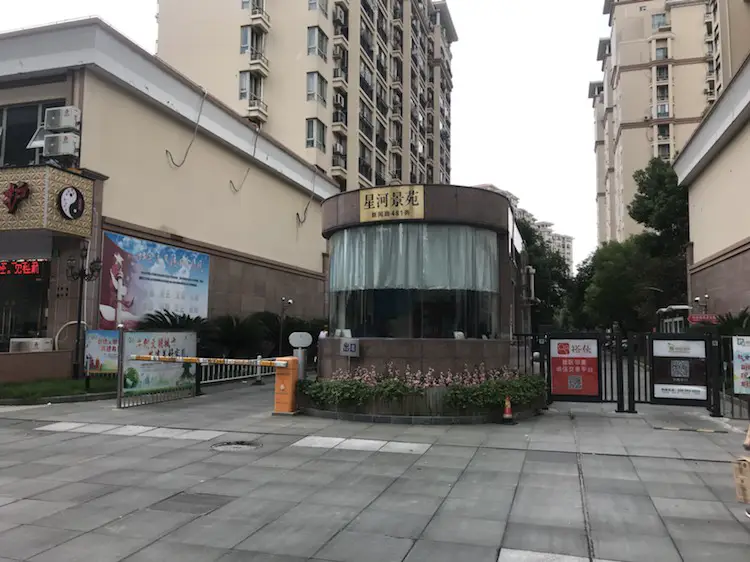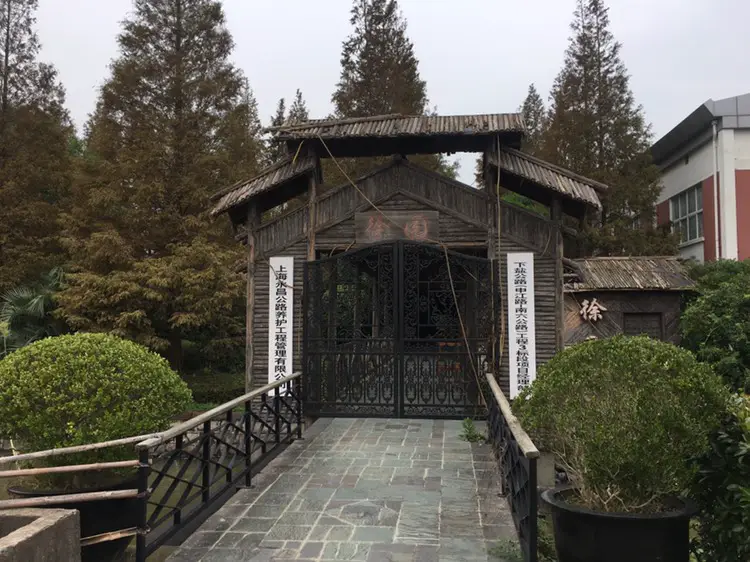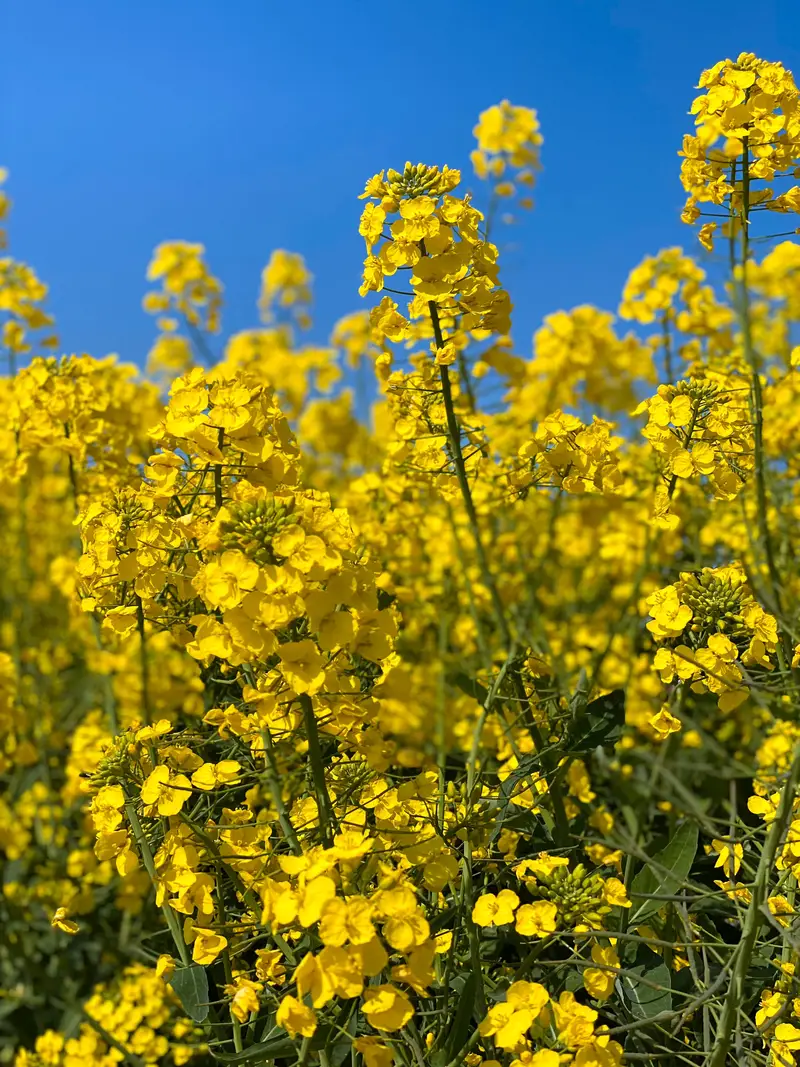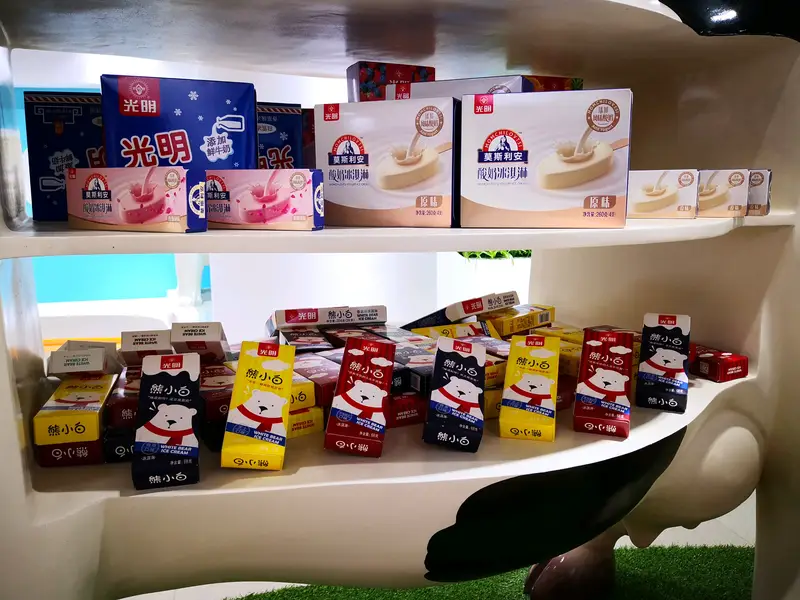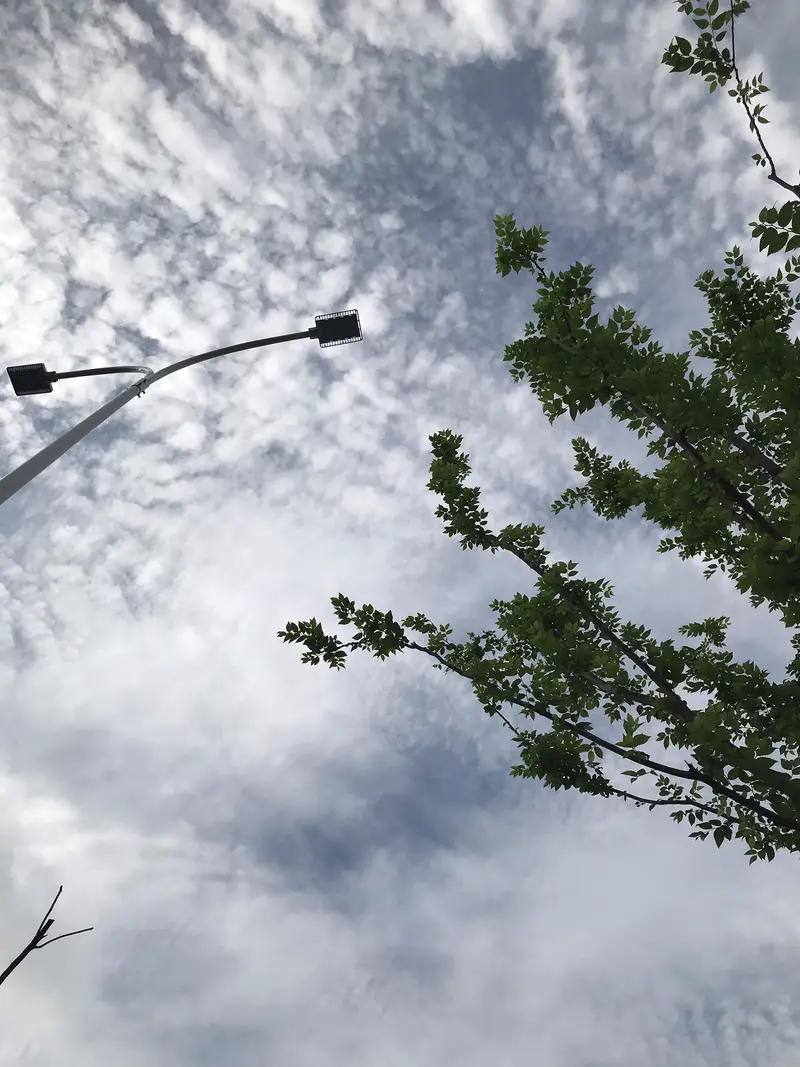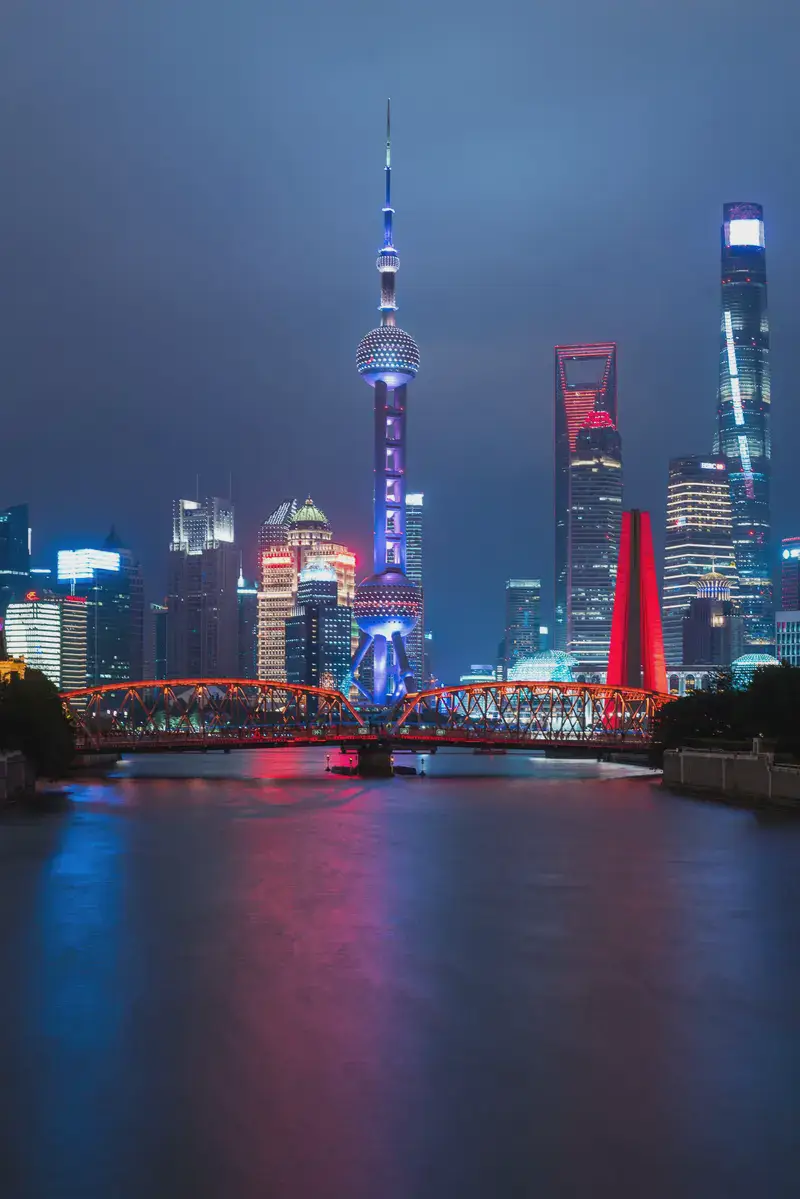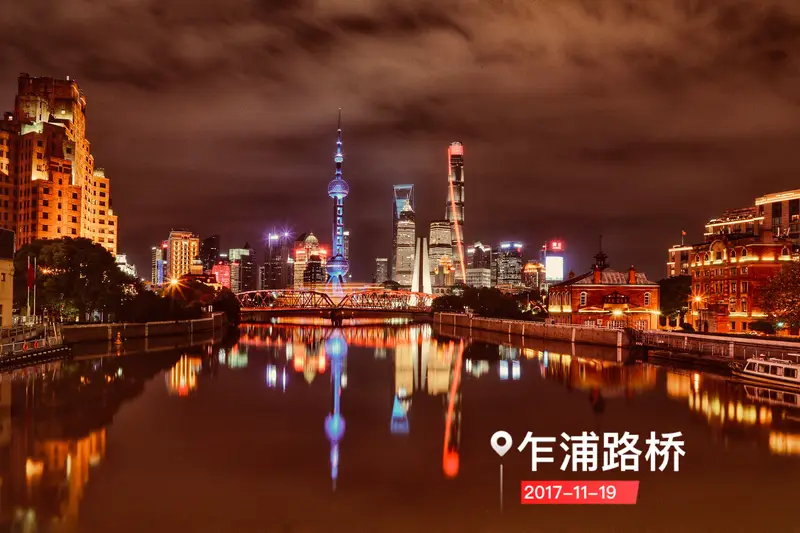Fu Lei’s Former Residence sits in Wanglou Village, Hangtou Town, Pudong New Area—a quiet rural spot about 40 kilometers southwest of downtown Shanghai. To get there, you’ll need to hop on a taxi or ride-hailing service (like Didi) from central Shanghai, or take a bus to nearby Huinan Town and then a short cab ride. The address is “Group 5, Wanglou Village,” so save it in Chinese characters if you’re using navigation apps! It’s off the beaten path, making it a peaceful escape from the city’s hustle.
Natural Scenery
Surrounded by rice fields and bamboo groves, the area feels like a step back in time. In spring, you’ll see bright yellow rapeseed flowers blanketing the fields, while autumn brings golden rice paddies. A narrow canal runs nearby, and locals often paddle by in small boats. The lack of skyscrapers means you can spot stars at night, adding to the rustic charm.
Cultural Heritage
Fu Lei’s Former Residence is a hidden gem for history lovers. The house was built in the Qing Dynasty (around 1840) by Fu Lei’s grandfather, Fu Bingqing, and later became the childhood home of Fu Lei—a famous translator, artist, and educator. The two-story Spanish-style villa with a steepled attic looks simple but holds deep cultural significance. Though small, the house has a unique “fake third floor” due to the attic design, blending Eastern and Western architecture.
Inside, you’ll find vintage furniture, old photos, and letters showing Fu Lei’s life as a scholar. Plans are underway to turn the site into a museum celebrating his legacy, so keep an eye out for updates!
Accessibility & Amenities
The residence is a bit remote, so bring cash (ATMs are rare here) and comfy shoes for walking on dirt paths. There’s limited English signage, but locals are friendly and eager to help. Parking is available near the house, but groups might need to coordinate. While there’s no café on-site, nearby villages offer tea houses where you can try local green tea and snacks.
Visitor Experience
Exploring Fu Lei’s Former Residence feels like visiting a living history book. Wander through the courtyard, snap photos of the sun-dappled staircase, and imagine Fu Lei studying here as a boy. Guides (if available) might share stories about his strict upbringing and his role in translating Western literature into Chinese. For a deeper dive, combine your visit with a walk around the village—chat with farmers, watch craftspeople at work, or cycle along the canal.
Be prepared for a laid-back vibe: this isn’t a flashy tourist spot, but its tranquility and authenticity make it worth the trip. Pro tip: Visit on a weekday to avoid crowds and soak in the serene atmosphere of Fu Lei’s world.

